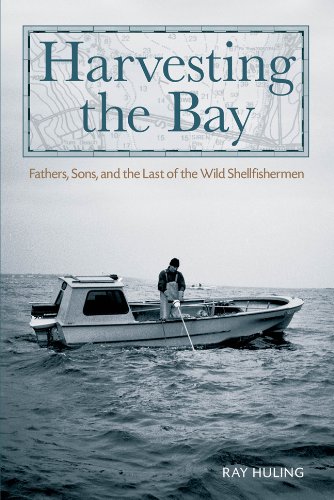
I don’t often have opportunity to agree with Don Carcieri, but I certainly do when it comes to East Greenwich. We both grew up here and share a deep love for our hometown and its working waterfront. A great profile in the Providence Journal shows that in many ways, that working waterfront is still the same.
But it is also disappearing, going the way of the neighborhood grocery and hardware stores into extinction.
While we still boast the second largest concentration of bullrakers in Rhode Island, next to only nearby Apponaug, all across the Ocean State commercial fishing is going away.
There are only about 2,000 licensed quahoggers left in Rhode Island. Only 93 are younger than 40. And for every two people that have retired since 2005, only one new shellfisherman has taken up the profession.
Bob Ballou, who oversees marine affairs and commercial fishing for DEM, recently told a group at the URI Bay Campus studying shellfish management in the state that the number of licenses is unrelated to the resource supply. You can check out his entire presentation here.
Bullrakers agree that there are plenty of quahogs in the Bay. But the price, they say, is being continually driven down by lower-quality, farm-raised clams from the southeastern states. It turns out, a lot of people outside the Ocean State enjoy shellfish too. But they don’t necessarily pay a premium for the wild harvested ones we are famous for and know taste a million times better. Even some renegade Rhode Island restauranteurs have been known to sneak in some the cheaper farm-raised ones into their entrees.
Progressives like me and conservatives like Carcieri – who don’t often have opportunity to agree – ought to be able to work together to preserve the working waterfronts of Rhode Island by helping to grow and celebrate this important part of our heritage AND our economy.
The next meeting of the Shellfish Management Plan is Tuesday, 5:30 at the Bay Campus.
